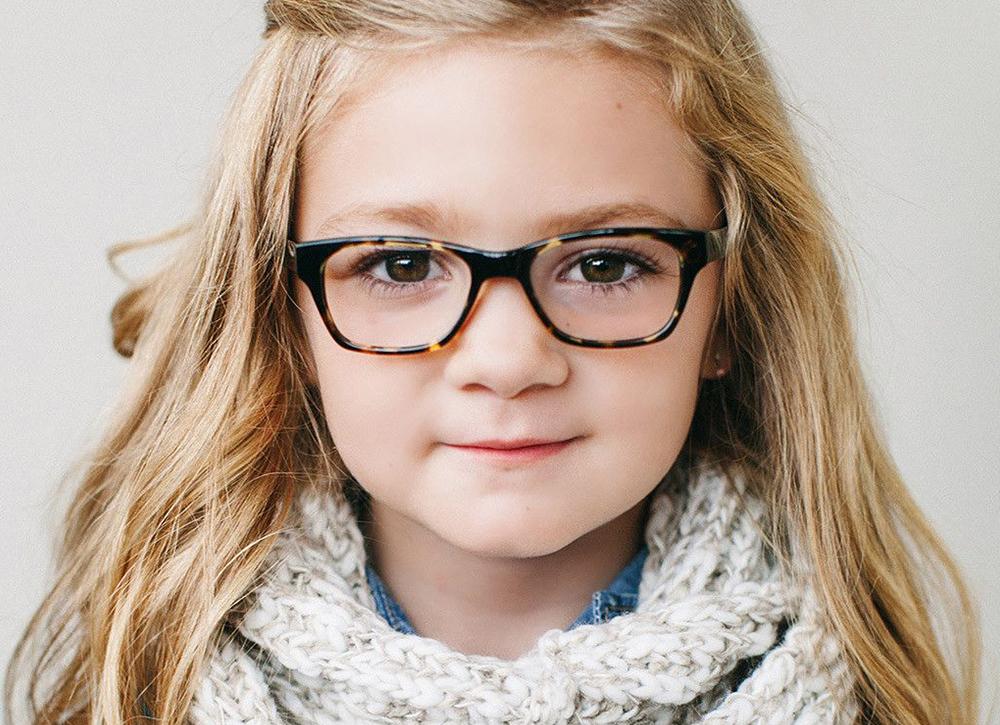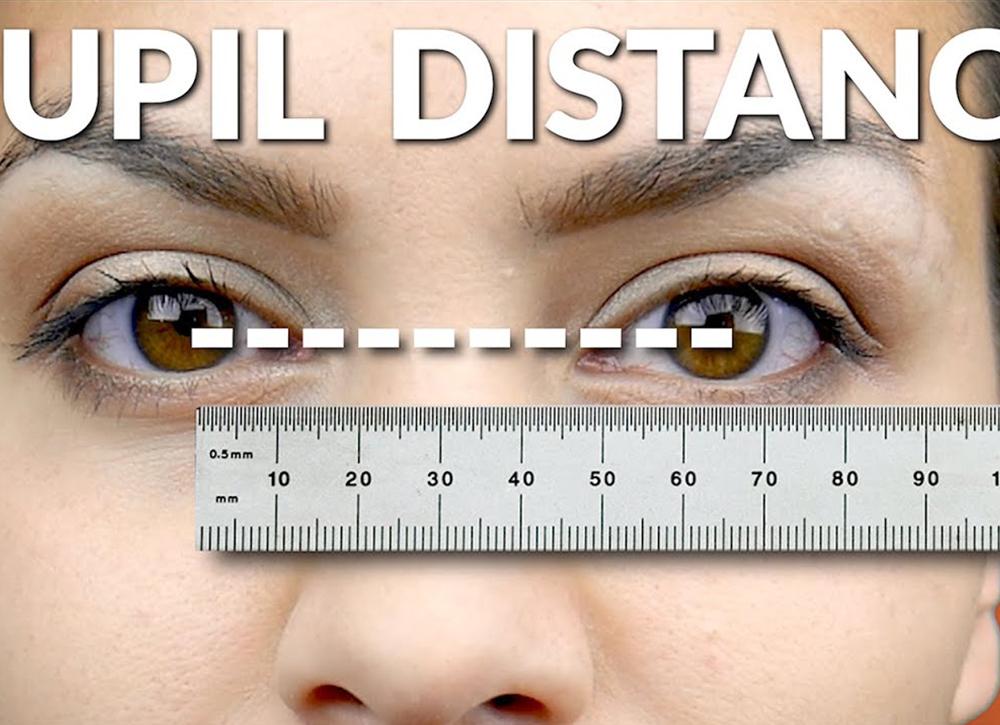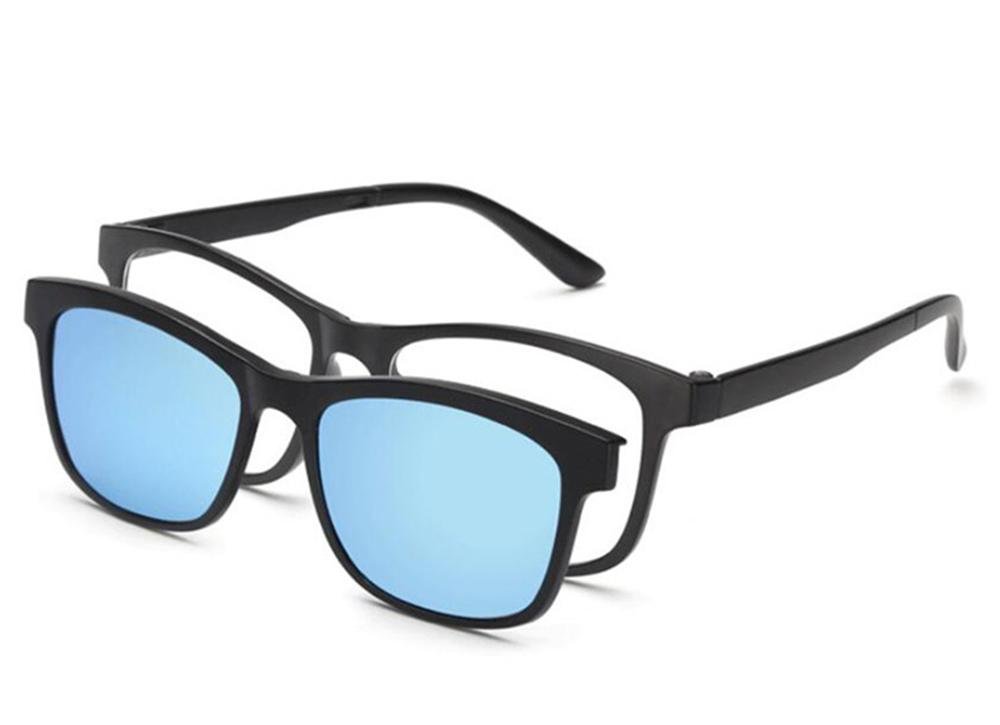In the previous article, we discussed “What are clip-on glasses?“. In this article, let’s talk about “What to consider when buying glasses for kids?”.
Appropriate Nose Pad
The nose pad of the frame is supposed to be low. This is because children's nasal bones are not fully developed. It is best to choose the ear-hanging frame so that the gravity will be transferred to the ears above. And the end of the vertical frame is easy to buckle and grasp the ears and is not easy to fall off, which is conducive to the wearing of children. Note that if the nose pad is stable on the bridge of the nose and does not slip off when they bend their head or move their head. Developing children tend to have a flat nose, so a frame without an independent nose pad is not suitable. There is a conjoined nose pad design, in order to solve the flat nose bridge of children. But because the conjoined plastic is too wide, and the nose bridge of children is narrow, so it is often in the nose body, so that the overall position of the glasses moves down.
Appropriate Frame Material
Metal and other materials are heavy, easy to rust, easy to deform, easy to lead to children's facial allergies, and oppression of the bridge of the nose and temple. Resin glasses are colorful, and the price of the material is beneficial. Because the child is in the development period, glasses are changed more frequently. Therefore, summarizing the above factors, the resin frame is the most suitable for children to wear. A high degree of myopia must choose a small frame. If the child's myopia or farsightedness is high, the lens will be very thick, so be sure to choose a small frame. Because the frame type is small, coupled with the lightweight of the resin frame, it has better fixing performance than other materials.
Proper Lens
The size of the lens mainly determines the size of the eyeglasses. The outer edge of the rim of the lens should be on the outer edge of the orbital bone. If it is larger than the face, the rim of the lens frame will be too big. If the lens is only as big as the eye, the frame can easily deform. Resin and hard lenses should be considered first because glass lenses are fragile and easy to damage children's eyes. Resin lens mainly needs the accuracy of the axis of scattered light. The matched luminosity must be accurate. There are no scratches, no bubbles, and no impurities on the lenses. The degree of the lens selected for the child must conform to the quality testing standards promulgated by the state, and the error of the diopter should be within the range of the requirements of the national standard.
Appropriate Frame
To choose a frame for the child, we must first consider the measurement of the bridge of the nose of the child, and the pupil distance. Furthermore, if the eye is farsighted and the pupil distance is too large, it will produce the prism effect from the bottom out. If it is myopia and the pupil distance is too large, it will produce the prism effect bottom-inward. If the pupil distance is too small, it will have the opposite effect. The frame should be light, light glasses will not affect the development and shape of the child's nose bone.
Thank you for your time in reading our passage “What to consider when buying glasses for kids?”. For more information about sunglasses and eyeglasses, please continue to follow KoalaEye Blog. Also, it is welcome to share and forward to Facebook and Twitter.





































